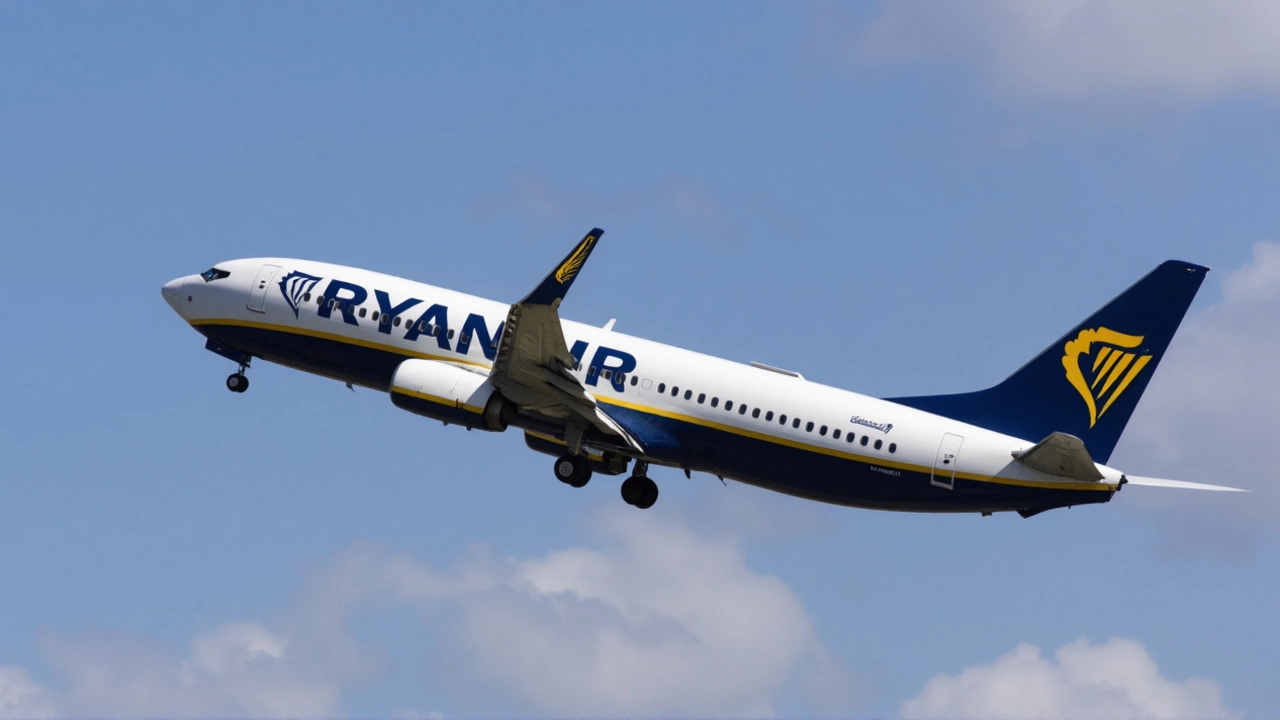Aircraft Inspections: Why They Matter and How to Do Them Right
When you hear the term “aircraft inspections,” think of the routine steps that keep a plane flying safely. Skipping a check or cutting corners can turn a routine flight into a nightmare. That’s why pilots, owners, and maintenance crews treat inspections like a daily health check‑up for the aircraft.
In the world of aviation, the rules are clear: you must inspect your aircraft before each flight, after any hard landing, and at regular intervals set by the regulator. These rules exist because aircraft are complex machines that operate in a demanding environment. A loose bolt, a cracked rivet, or an out‑of‑date instrument can cause trouble that’s hard to fix mid‑air.
Common Types of Aircraft Inspections
There are three main inspection categories you’ll encounter:
- Pre‑flight inspections – quick visual checks you do before every take‑off. They focus on exterior surfaces, control surfaces, fuel levels, and simple system functions.
- Routine or scheduled inspections – deeper checks done after a set number of flight hours or calendar time. These include A‑checks, B‑checks, C‑checks, and the heavyweight D‑check that can take weeks.
- Special inspections – triggered by a specific event, such as an engine failure, hard landing, or a service bulletin from the manufacturer.
Each type follows a checklist that matches the aircraft’s make, model, and operating limits. No matter the level, the goal stays the same: catch problems before they become emergencies.
A Simple Pre‑Flight Inspection Checklist
Here’s a practical, step‑by‑step list you can use on any light aircraft. It takes about ten minutes, and it covers the most common trouble spots:
- Walk around the aircraft. Look for dents, loose panels, or missing fasteners.
- Check the landing gear. Make sure tires are inflated, brakes aren’t dragging, and struts look intact.
- Inspect the wings and control surfaces. Verify that ailerons, flaps, and spoilers move freely and that hinges are secure.
- Open the fuel caps. Confirm fuel quantity matches your flight plan and that there’s no water or debris.
- Test the pitot‑static system. Make sure the pitot tube isn’t clogged and that static ports are clear.
- Look at the engine cowling. Spot any oil leaks, loose wires, or cracked hoses.
- Run the cockpit checklist. Verify avionics, navigation radios, and transponder are on and set correctly.
- Do a functional test of the instrument lights, switches, and emergency equipment.
- Check the emergency exits and fire extinguisher. They should be easily reachable and in date.
- Perform a final walk‑around. Make sure nothing was missed and that the aircraft is clear of debris.
If anything looks off, stop the flight and get a qualified technician to look at it. It’s better to delay a trip than to risk a critical failure.
Regulators like the FAA and EASA require that all inspections be documented. Keep a logbook that shows the date, flight hours, what was inspected, and who signed off. This record not only satisfies the law but also builds a history of the aircraft’s health, helping you spot recurring issues.
One common mistake is assuming “new” means “problem‑free.” Even brand‑new aircraft need a pre‑flight inspection because transport, storage, and assembly can introduce small defects. Likewise, older planes often need extra attention on corrosion‑prone areas such as the wing roots and fuselage joints.
Using modern tools can make inspections easier. Small mirrors, borescopes, and even tablet‑based checklists help you see hidden spots and stay organized. Some operators attach QR codes to maintenance tags that link directly to the latest service bulletins – a neat way to stay up‑to‑date without flipping through paper manuals.
Remember, an aircraft inspection is not a chore; it’s the core of aviation safety. Treat each check as a small investment that protects you, your passengers, and your aircraft. Follow the checklist, document everything, and never ignore a warning sign. Safe skies start on the ground, and a thorough inspection is the first step toward a smooth, worry‑free flight.




